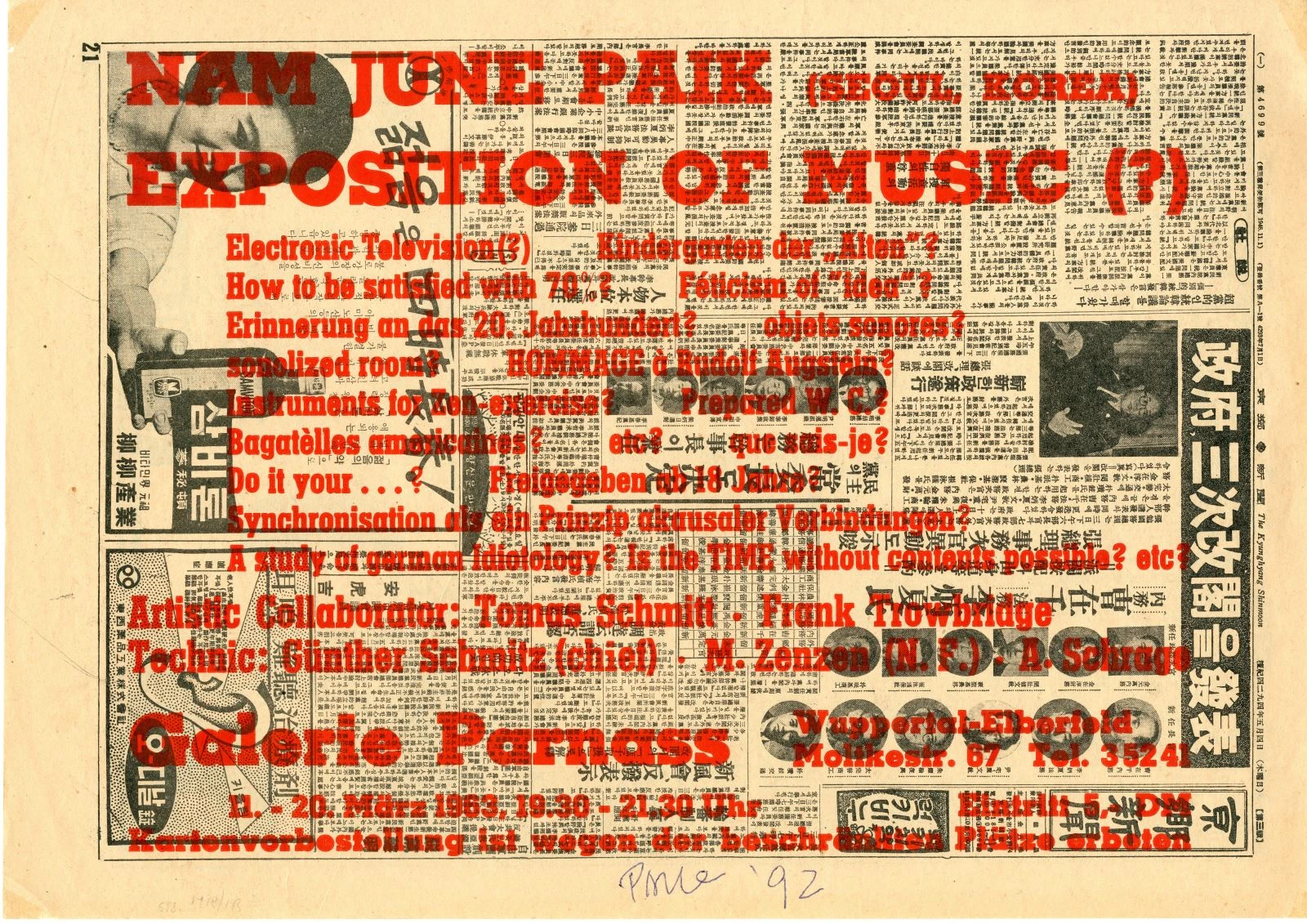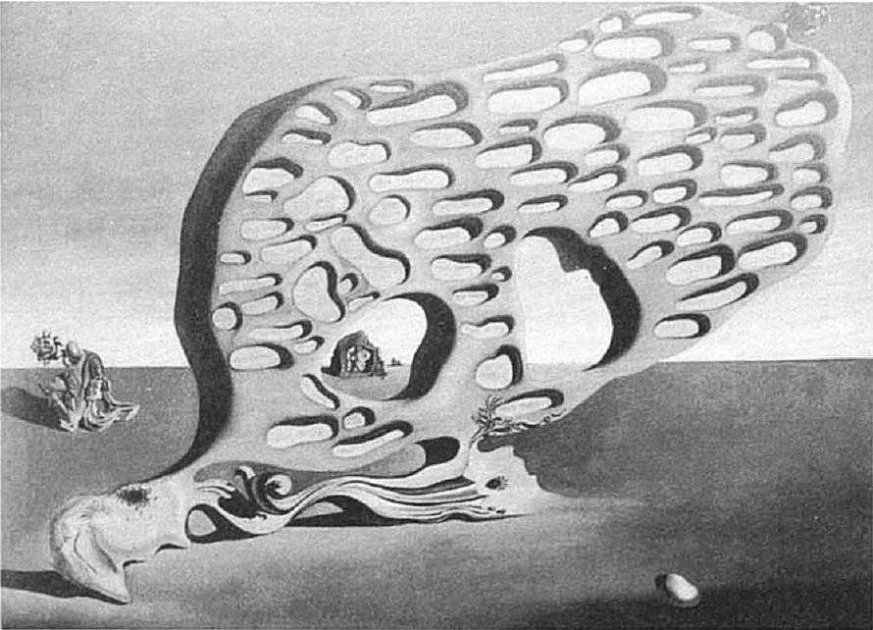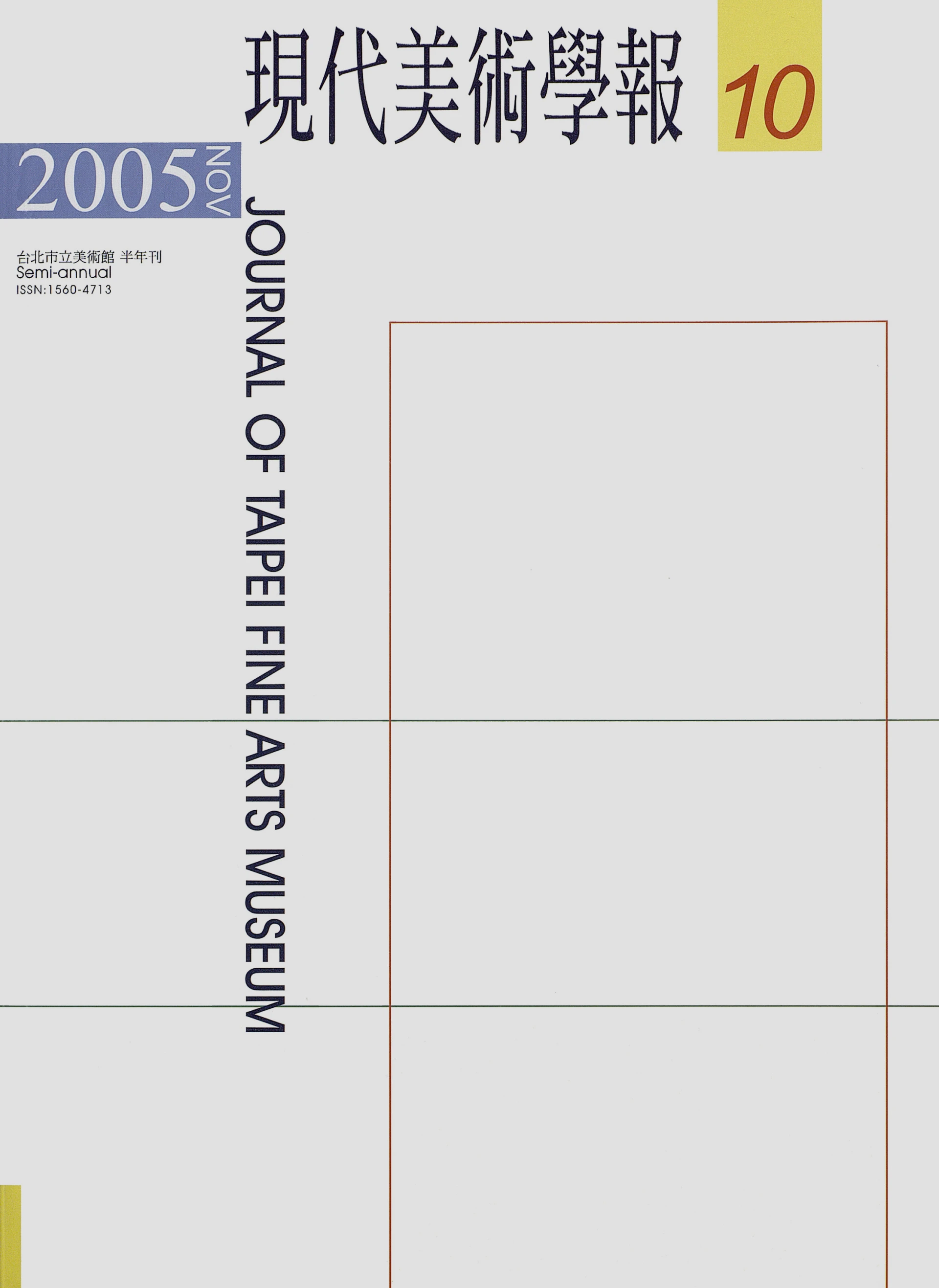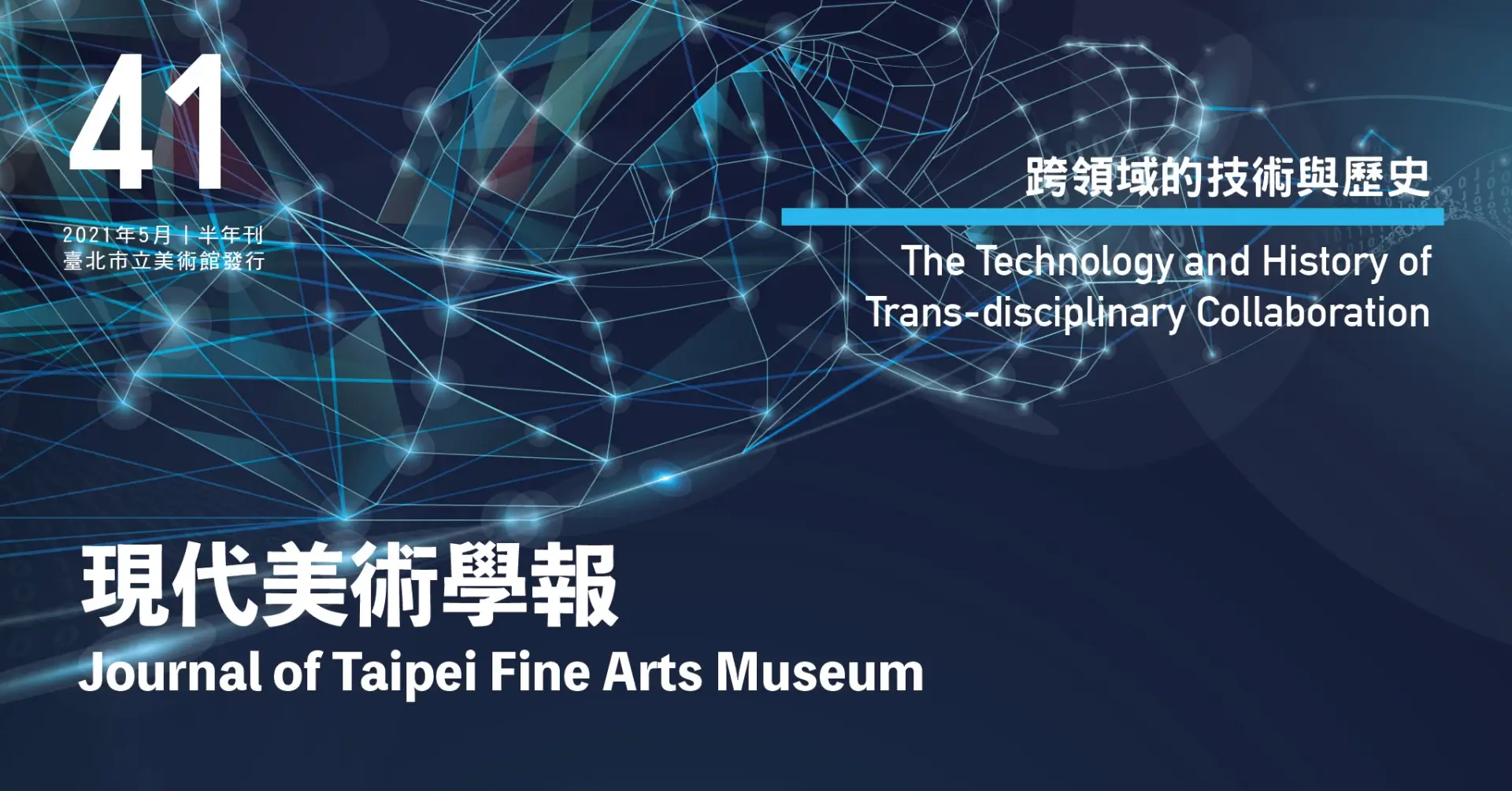摘要
「謝德慶」分析的價值,就在於這個名字所穿透的時空,力道貫穿了臺灣文化快速流變的幾個歷史斷裂階段,透過這個延續性的問題系譜,我們終於有機會從當代的此刻,回視三十年以來難解的歷史團塊。本文所採取的兩種分析方法,兩者差異為何?一是將「謝德慶」視為能指的運作符號,以空缺的主體位置在臺灣出現,擾動並折射三十餘年現當代歷史流變過程,此脈絡的分析方法源於拉岡〈失竊的信〉的分析手法,我藉此重新講述關於以「謝德慶」為名的故事。
另一個面向,則是在臺灣1980年代以來,因經濟基礎,在社會與藝術體制層面以現代化社會的理念著手建制,此時堪稱臺灣戰後在社會、經濟形態、文化機構、學院等現代體制相對完備的起點。也成為臺灣藝術發展在西方藝術思潮的多元影響下,於其時開始了現代性主體之以自身作為反省方法的階段,現代藝術的在地發展,在自我指涉的結構中推進所遭遇的困境,呈現出「延遲的現代性」、現代性匱乏之臺灣現代性發展的歷史性創傷系譜。第二種分析方法,是藉由「謝德慶」的流亡身體述說—空缺的現代性主體系譜。
藉由上述兩種分析面向,本文將嘗試闡述我們跟歷史的關係,就潛藏於我們跟語言的關係之中。
關鍵詞
能指分析、現代性匱乏
Abstract
The value of analyzing the work of Tehching Hsieh, a figure who transcends the rapid changes in Taiwan's cultural landscape and its various historical phases, is the opportunity it presents to review the history of the past 30 years of Taiwanese art from a contemporary standpoint. Two analytical approaches are used in this study. One views Tehching Hsieh as a symbol or referent of the lack of a subjective position as it emerged in Taiwan, and uses this referent as a focal point to examine the changes that have taken place over the last 30 years. This analysis is based on the same approach used by Lacan to analyze the short story, Seminar on "The Purloined Letter" and is employed here to retell the story of "Tehching Hsieh." The second approach considers the development of modern art in Taiwan since the 1980s and the historical trauma caused by this new era of modern development. Here, the story of "Tehching Hsieh" as a body in exile is used to describe the genealogy of a lack of modern subjectivity. Through these two analytical approaches, this paper attempts to explain how the relationship between people and history can be delineated through their relationship to language.
Keywords
signifier analysis, lack of modernity





